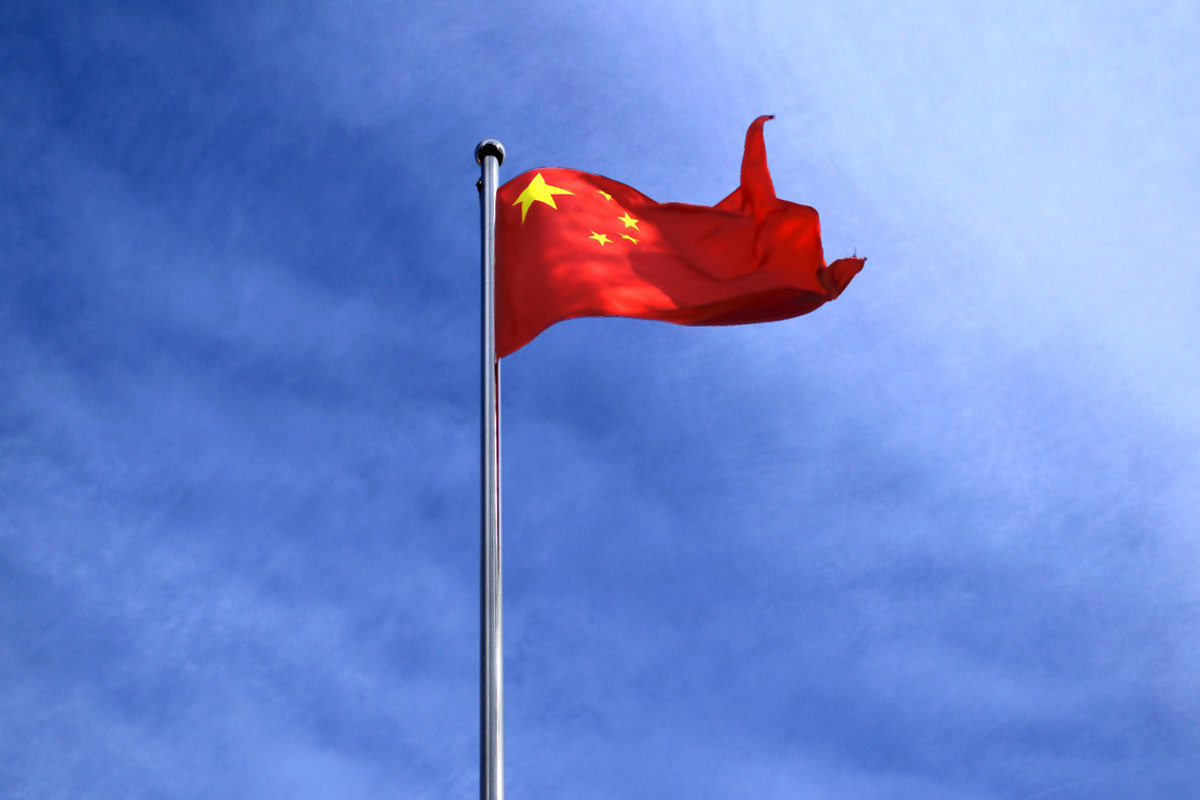This year marks the tenth anniversary of the strategic partnership between Ukraine and China. On July 13, during a telephone conversation with Chinese President Xi Jinping, Ukrainian President Volodymyr Zelensky expressed hope that Ukraine could become a "bridge to Europe" for Chinese business.
Despite the anniversary, the National Security Strategy of Ukraine does not identify the partnership with China as a “priority” or a “strategic” one. At the same time, the Chinese policy of Ukraine can be described as contradictory and uncertain.
So far, as performed by Kyiv, everything looks rather superficial and emotional. Spontaneous statements regarding the need to learn from China's experience in party building or about the readiness of Ukraine to "pivot to the East" resemble neither a well-thought-out strategy nor bargaining. On the one hand, there is contradictory rhetoric, as well as the Motor Sich issue and ideological disagreements. On another hand, China has confidently taken first place in the ranking of our largest trading partners. What can be done under such difficult circumstances?
It is not the first year that Eastern European countries have been negotiating with China on bridges, both metaphorically and literally. Many states seek to benefit from China's desire to enter European markets. If we also want this to become an important geopolitical option, we need to better understand all the processes of the regional and global levels, where China is becoming an increasingly active and noticeable player.
Eastern Europe is in Beijing's focus. In turn, since Chinese policy in the region can lead to important geopolitical and economic consequences, it is carefully studied by the Europeans, Americans, and Russians. The contours of this policy are determined by three key factors.
Firstly, China's global political and economic power is growing. It has become the world’s largest economy by nominal GNP, claiming about 25% of world production. Last year, China overtook the United States as the EU's largest trade partner. China is also the largest trade partner of the United States, ahead of the U.S. neighbors, Canada and Mexico. At the same time, the Chinese market has significant growth potential.
Secondly, China's sustained growth over several decades has been accompanied by a crisis in the U.S. global leadership. The US's ability to simultaneously plug the cracks like the Russian aggression in Georgia and Ukraine or the crisis in Afghanistan and North Korea's nuclear program is dubious. Under such circumstances the emergence of alternative powers is inevitable. China is the first competitor claiming this role.
Finally, China needs a "big leap" to stop being a "developing" economy, build strong coalitions, and become a real competitor to the United States. Chinese "One Belt, One Road" strategic project is considered to be this big leap. The project has its specific tasks, but Eastern Europe is important in any case, bridging China and the EU market, as well as creating an opportunity for China to claim a key role in the regional geopolitical theatre.
China has both strategic and pragmatic goals. The state needs stability, a certain ability to control, and a stronger position on the markets. In exchange, China offers big investments and the possibility to access its market.
The problem is that Europeans faced a number of contradictions, problems, and fears due to China's emerging and growing strength. China is too mysterious. Chinese motives are not entirely clear. China is a communist state. And most importantly: China is the West's geopolitical rival (even if it is no longer an integral whole).


